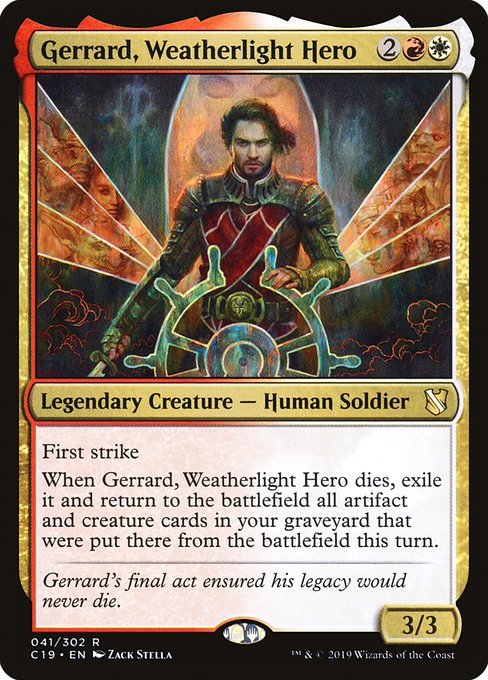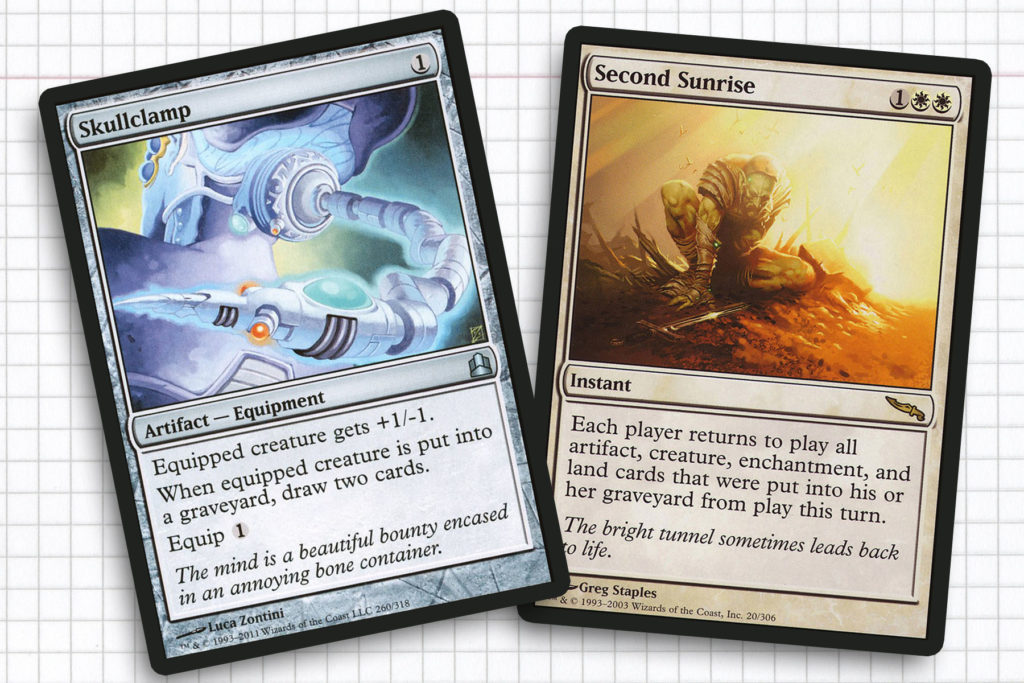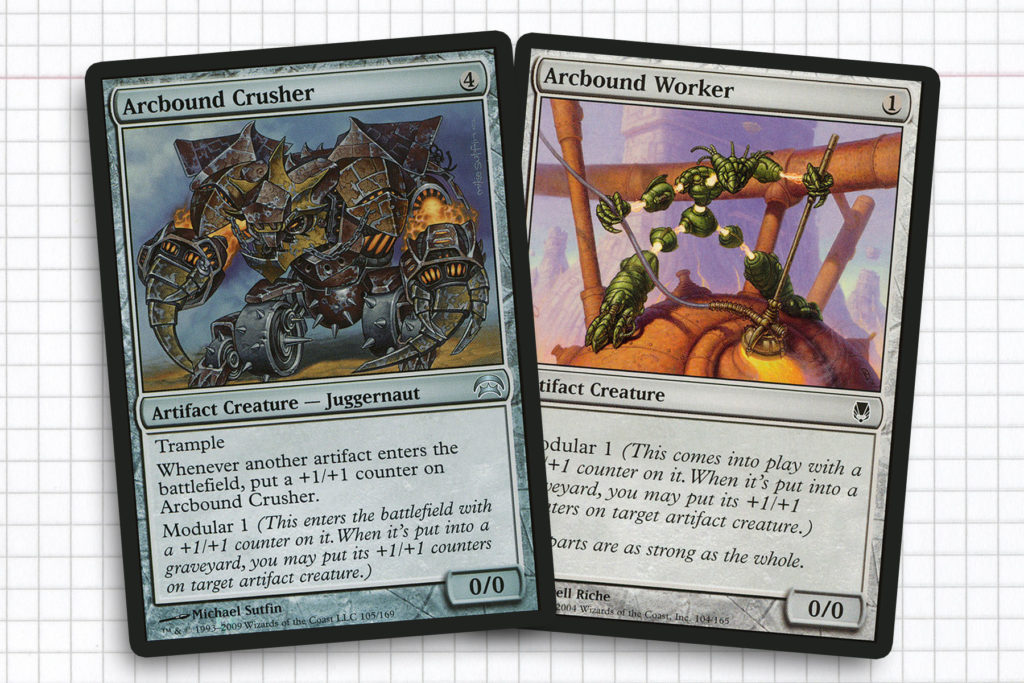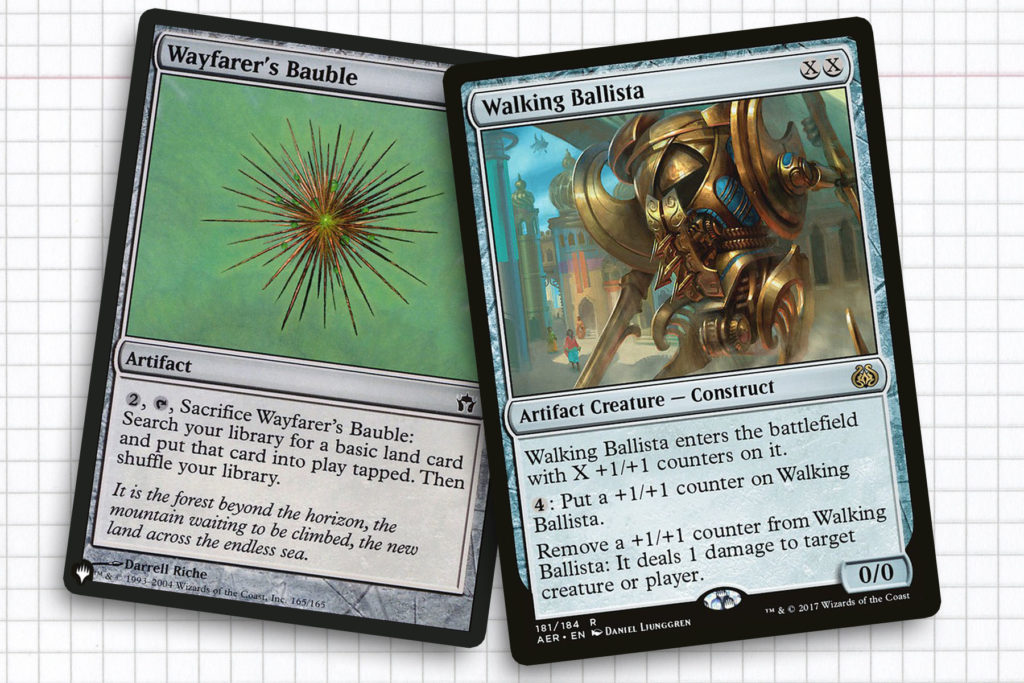This week I present a remastered version of the Gerrard, Weatherlight Hero article I wrote over a year ago. My new take on Gerrard began to take form mere hours after publishing the last one. I foudn myself talking about how much I enjoyed Gerrard, how in a year that saw Feather, the Redeemed, this was my preferred Boros general.
Of course, if you’re going to talk about Boros, you’re going to get the attention of Kristen. Almost immediately upon publishing, she was DMing, brainstorming different ideas for the deck—to which I was very receptive. Because in all honesty, it takes a little while for me to realize that I have built a deck that is suboptimal, that I was focusing my attention in the wrong place.

It’s amazing how much you can transform a deck can by finding a more economical way to play it. This week we are going to be talking about some mistakes I made in my initial build, how I recovered and found something that was better than I could have ever imagined. Think of this as an impromptu New Perspectives piece focusing on one deck.
Commander: Gerrard, Weatherlight Hero
Creatures: Abzan Battle Priest, Abzan Falconer, Arcbound Crusher, Arcbound Fiend, Arcbound Overseer, Arcbound Reclaimer, Arcbound Slith, Arcbound Stinger, Arcbound Worker, Argivian Archaeologist, Brion Stoutarm, Custodi Soulbinders, Ghirapur Gearcrafter, Goblin Engineer, Kuldotha Forgemaster, Pia Nalaar, Pia and Kiran Nalaar, Pilgrim’s Eye, Scrapyard Recombiner, Solemn Simulacrum, Terror of the Peaks, Thopter Assembly, Thopter Engineer, Walking Ballista, Zirda, the Dawnwaker
Enchantments: Anointed Procession, Cathars’ Crusade, Fanatical Devotion, Felidar Retreat, Impact Tremors, Martyr’s Cause, Tooth and Claw, Warstorm Surge
Artifacts: Altar of Dementia, Ashnod’s Altar, Chromatic Sphere, Chromatic Star, Commander’s Sphere, Contagion Clasp, Contagion Engine, Endless Atlas, Fellwar Stone, Heart of Ramos, Ichor Wellspring, Mask of Memory, Mind Stone, Mycosynth Wellspring, Nevinyrral’s Disk, Sculpting Steel, Skullclamp, Surveyor’s Scope, Throne of Geth, Tooth of Ramos, Wayfarer’s Bauble, Worn Powerstone
Instants: Brought Back, Faith’s Reward, Second Sunrise, Volt Charge
Sorceries: Hour of Revelation, Trash for Treasure
Lands: 11 Mountain, 14 Plains, Ancient Den, Clifftop Retreat, Command Tower, Forgotten Cave, Great Furnace, Inspiring Vantage, Myriad Landscape, Needle Spires, Needleverge Pathway, Sacred Foundry, Secluded Steppe, Stone Quarry, Wind-Scarred Crag

Maintaining Redundancy
Looking back at my original article on Gerrard, Weatherlight Hero, the only part I got right was the recursion and tutoring. Cards like Brought Back, Second Sunrise, and Faith’s Reward alongside Goblin Engineer and Kuldotha Forgemaster stand as replacement effects for Gerrard.
Originally, I stressed the importance of creatures like Siege-Gang Commander and Cloudgoat Ranger that created a wealth of tokens, with the intention of capitalizing on the extra bodies with Warstorm Surge and Purphoros, God of the Forge. What I found was that the play experience did not match up well with Gerrard, because I was using spells like Hour of Revelation and Obliterate to wipe the battlefield, creating poor sequencing. Instead, I found that doubling down on sacrifice enablers like Altar of Dementia and Ashnod’s Altar did a far better job of allowing me to have the sequencing I required.
Out went Cataclysmic Gearhulk, Cataclysm, Obliterate, Bearer of the Heavens, and Tragic Arrogance. In came economical options like Fanatical Devotion, Martyr’s Cause, Skullclamp, and Throne of Geth—for the freedom to sacrifice permanents at will. Almost immediately, I saw a difference in both how the deck played and my enjoyment of it.

Playing Modular
The suggestions I received from Kristen made their way into the deck, most notably the focus on artifacts. As the deck slowly evolved to focus more on sacrificing creatures over board wipes, I began to see the value of modular creatures. The ability to focus a large number of +1/+1 counters onto a single creature, only to recur any I had lost in the meantime became a remarkably strong strategy—especially because no one knew how to fight it.
Real quick: yes, Arcbound Ravager is not in this list. The reason is simple: I did not want to spend the money to buy one while I was figuring out what this deck was looking to be. Ravager is absolutely something that I would go back and find a place for now.
The choice to go heavy on modular creatures was an important step, because it changed how aggressively I was willing to play. This motivated me to look to other decks from Magic’s history to guide my choices for how I wanted to handle my revamp. Eventually, I looked to Legacy and was inspired by the Bomberman archetype.

The Bomber Puzzle
What I’ve created is not really in line with the Legacy Bomberman deck, especially since we’re not using Auriok Salvagers or Lion’s Eye Diamond. (There was also a short-lived variant of the archetype built around Zirda, the Dawnwaker.) Nevertheless, I began to think of my Gerrard deck through that lens, as a shorthand for the support and payoff I was looking for during deckbuilding.
Mana rocks like Commander’s Sphere, Heart of Ramos, and Tooth of Ramos help to cast our general, even through commander tax, with the option of recurring them if we plan to sacrifice him immediately. Similarly, Chromatic Sphere, Chromatic Star, Ichor Wellspring, Mycosynth Wellspring, and Wayfarer’s Bauble either draw cards or ramp.
The trick from here is to start sequencing triggers so that Arcbound Crusher enters the battlefield in time to see all the mana rocks, artifact creatures and artifact token makers like Thopter Engineer enter. Cast Walking Ballista and then use your sacrifice outlet of choice to modular-trigger all your +1/+1 counters onto the Ballista. With some patience, you should be able to dictate the flow of play. The only real setback is that you’ll have to naturally cast Ballista if anything goes wrong, using Arcbound Reclaimer or Argivian Archaeologist to get it back to your hand.
Honestly, there’s not that much to elaborate on the deck. Gerrard probably wasn’t designed with something like this in mind; but having played this approximate form for the better part of the year, I can say that Gerrard feels like a perfect general for this strategy. Finding interactions and best laid plans is just something you have to feel out sometimes, and this deck certainly exemplifies that. I’m really looking forward to being able to play Magic in person again, because this deck just does not have the same energy playing it over webcam. Something about the tactile nature, watching the deck do what its supposed to do is really exciting.
Ryan Sainio is a Graphic Designer who writes about EDH and the EDH community. He has been playing Magic: The Gathering since 7th Edition in 2002 and values flavorful and fun gameplay over competitively optimized decks.

